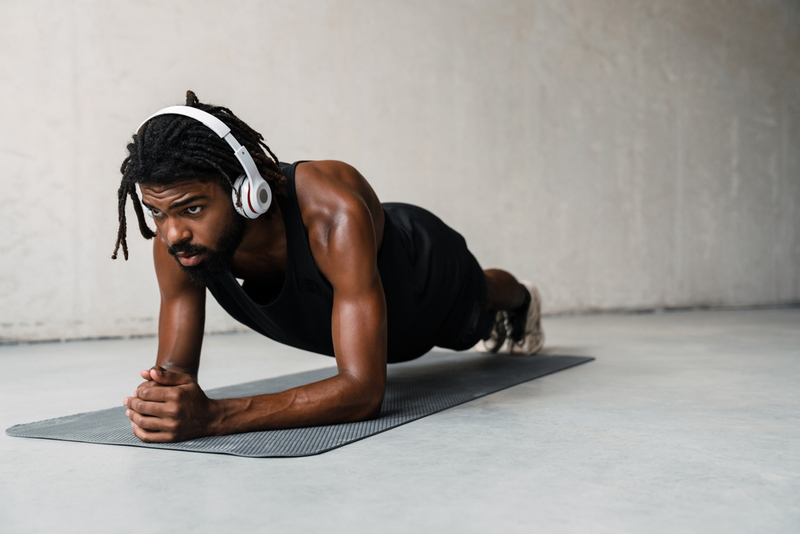
One study, in particular, centered around HIIT workouts. HIIT stands for High-Intensity Interval Training and this training method works on cardio through sets of short-yet-strenuous exercises, like burpees and pushups. As the name suggests, intensity runs high during those workouts so they might deter some people from trying them or sticking with them for long enough time to see results. But it turns out that music can change it.
The study
The study was performed on a group of 24 people (both women and men) who don’t normally exercise. They were invited to work out under the controlled conditions of an exercise lab where they went through a short HIIT workout with a heart monitor. The workout included three sets of 20-second intense pedaling on a stationary bike separated by two minutes for recovery after each set.

And now, for the music portion of the experiment: the subjects were given the choice of hip hop, rock, or pop music to be played over the loudspeakers as they were working out. They chose upbeat songs such as “Can’t Hold Us” by Macklemore and “Let’s Go” by Calvin Harris and started sweating. After completing the workout, the volunteers were asked if they would like to repeat the session, to which most of them said yes. The second time around, however, they listened to a podcast rather than music. Once the second session was complete, the subjects all said that the session with the music was a lot more enjoyable to them.
It’s all in the beat
When monitoring the subjects’ heart rate, researchers found that it was much higher when the upbeat music was playing. Not only that, but they were working harder and getting better performance compared to the second (non-musical) session. It turns out that the subjects weren’t even aware of how hard they were working when the music was playing!
Why is this happening?
The leading theory is called “entrainment” and it means that our bodies react to rhythms from the outside world and sync with them, particularly music. When the subjects were listening to upbeat music, their bodies were more willing to match the music’s intensity and achieve better results. And the best part of it all? You can try out this effect on your own!